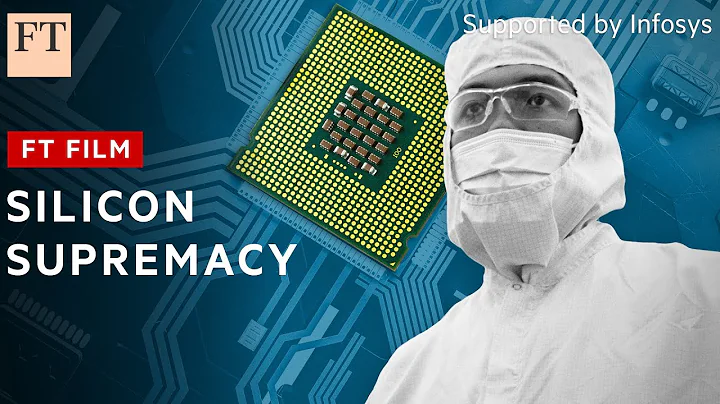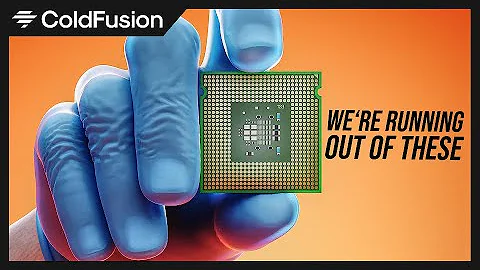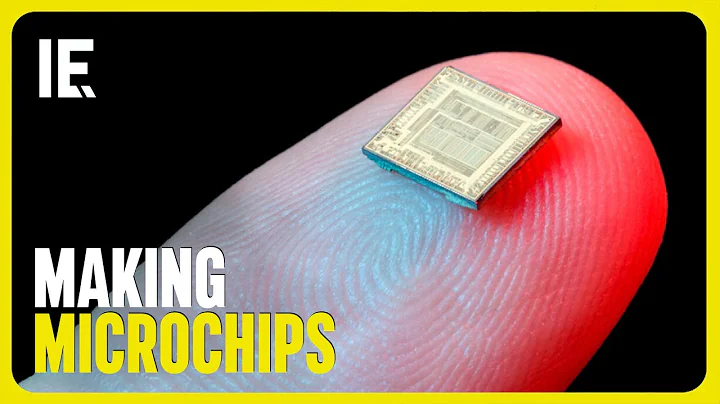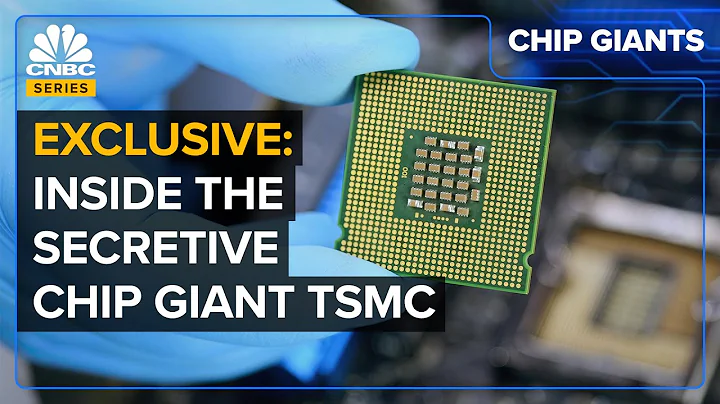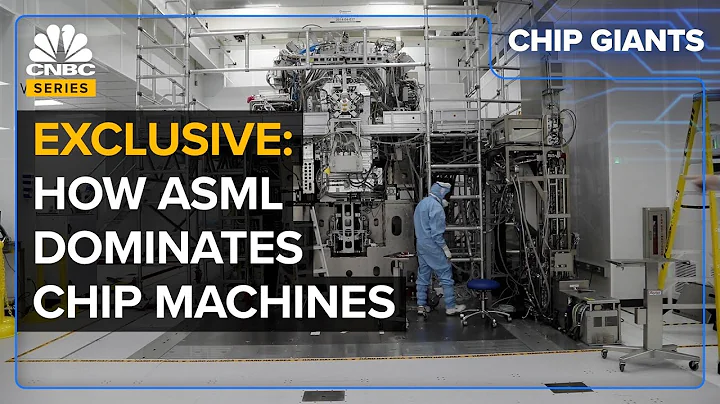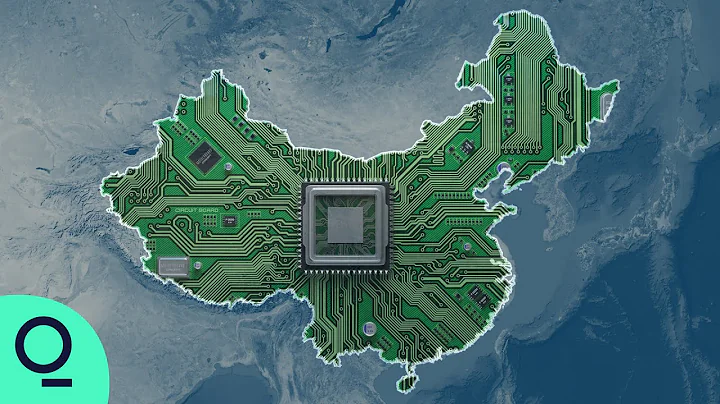[Text/Editor Lu Dong of Observer Network/Zhou Yuanfang]
As domestic high-power automotive chips enter the mass production year, the degree of binding between some domestic car companies and chip companies has begun to deepen, and the relationship with established foreign chip manufacturers has begun to deepen. The struggle also gradually unfolded.
Following the platform-level strategic cooperation between Black Sesame and JAC Motors last month, Horizon also announced on June 27 that it has recently received strategic investment from FAW Group . The specific investment amount of
Horizon has not been disclosed, but the company stated that the funds received will be used to strengthen the forward-looking technology research and development of car-grade AI chips and the construction of engineering implementation capabilities.
WeChat screenshot
Just over a month ago, Horizon just announced that it has won the application of FAW Hongqi's new model project, and said that it will help FAW Hongqi create high-end autonomous driving solutions based on multiple Horizon Journey 5 chips.
Specifically, FAW Hongqi will use multiple Journey 5 chips to build an intelligent driving domain controller, providing 384-512TOPS of AI computing power for the FEEA3.0 electronic and electrical architecture. It plans to achieve mass production on new FAW Hongqi models in 2023.
On April 21, BYD also announced a fixed-point cooperation with Horizon, and will install the Horizon Journey 5 chip on some of its models to create an integrated parking and parking solution to achieve high-level autonomous driving functions.
According to the plan, BYD models equipped with Journey 5 will be launched as early as mid-2023. As a result, BYD has become the first car company to officially announce that it is equipped with the Horizon Journey 5 chip. The
Journey 5 chip is the third-generation car-grade product launched by Horizon. It adopts TSMC’s 16nm process. The AI computing power of a single chip is up to 128TOPS, with a power consumption of 30W. It supports 16-channel camera perception calculation and can cover the needs of L4 autonomous driving. , "It is the world's only and China's first mass-produced AI chip with 100 TOPS high computing power."
's previous generation Journey 3 also uses TSMC's 16nm process, with a maximum computing power of 5TOPS and a power consumption of 2.5W. This chip It is adopted by the 2021 Ideal ONE, while the 2020 Ideal ONE uses the EyeQ4 of Mobileye under Intel , which has a computing power of 2.5TOPS and a power consumption of 3W.
In terms of performance, all indicators of Journey 3 are better than EyeQ4, and it is gradually being used in mid-to-high-end models.
But if we look at the entire market, Horizon’s latest Journey 5 chip still has a performance gap with established foreign chip manufacturers.
Nvidia released the 7nm process autonomous driving chip Orin as early as 2019. A single chip has a computing power of 254TOPS and a power consumption of 45W. NIO became the first car company in the world to install Orin with the ET7 delivered at the end of March this year. On June 21, the Lideal L9 was officially launched. The car also uses two NVIDIA Orin-X processors in the design of the intelligent driving computing platform to achieve a computing power of 508TOPS.
Next, new cars equipped with Orin, such as Weilai ET5 and ES7, Xpeng G9, Weima M7, Feifan R7, will also be mass-produced and delivered one after another.
On this basis, NVIDIA released a new generation of autonomous vehicle SoC DRIVE Atlan in April 2021. According to official information, Atlan will use a 5nm process, and the computing power of a single chip can reach 1,000TOPS. It will provide samples to developers in 2023 and mass-install it in 2025.

NVIDIA’s previous generations of autonomous driving SoC mass production time
At the same time, Qualcomm , the leader of smart cockpit chips, is also actively promoting the mass production of autonomous driving large computing power chips, and has launched based on the 5nm process. Snapdragon Ride SoC. This SoC can support the development of autonomous driving system from L1 to L4, and can provide different levels of computing power according to different autonomous driving scenarios, covering a computing power range of 10-700TOPS.
Mobileye, which occupies 70% of the assisted driving chip market, is not so radical in the layout of large computing power chips, but it also released Eye Q Ultra at CES 2022. This chip can achieve up to 176TOPS of computing using the 5nm process technology. It can meet the needs and application scenarios of L4 autonomous driving, but it will take until 2025 to achieve full vehicle-level mass production.
Judging from the layout of leading players, it has become an industry trend to use advanced processes to achieve large computing power. But in the current autonomous driving chip industry, can we just rely on large computing power to sit back and relax? Apparently not.

Horizon Journey 5 chip
Mobileye CEO Amnon Shashua believes that efficiency is more important than computing power.
According to Mobileye driverless taxi data, about 140TOPS of computing power is enough to support the operation of driverless taxis, and the newly released Q ultra chip is enough to handle L4 level autonomous driving, and its system energy consumption is less than 10W.
also holds a similar view Horizon. Horizon CEO Yu Kai bluntly said when refuting NVIDIA CEO's "TOPS is the new horsepower" that "acceleration per 100 kilometers more truly reflects power performance than horsepower, and accurate recognition of frame rate per second MAPS better reflects the AI performance of the chip than computing power. ".
To support this point of view, Horizon used Zhengcheng 5 to conduct object detection benchmarks on the internationally authoritative deep learning image data set MS CoCo. The chip achieved an accurate recognition frame rate per second (MAPS) of up to 1283FPS, which is higher than NVIDIA Orin’s. 1001FPS is much higher.

Source: Horizon
Some industry media have pointed out that only higher FPS will bring faster perception and lower delay, which means higher safety and driving efficiency. Because once the AI chip calculation drops frames, it is likely to have catastrophic consequences for autonomous driving that needs to ensure real-time perception.
also believes that at this stage, how to achieve efficient operation of algorithm software under limited computing power is the focus that OEMs should focus on. Relevant industry insiders revealed that there are still many algorithms that cannot be well reflected on the existing AI large computing power platform.
However, judging from the evolution trend of autonomous driving, the higher the level of autonomous driving, the greater the demand for computing power. Efficiency and computing power are a "need-and-have" issue.
The industry generally believes that L2 level autonomous driving requires less than 10TOPS of chip computing power, L3 level requires about 30-60TOPS of computing power, L4 level requires more than 100TOPS of computing power, and L5 level of computing power requires more than 1000TOPS.
Against this background, domestic autonomous driving chip manufacturers also continue to move towards chips with large computing power. In April 2021, Black Sesame, which was founded five years ago, released the A1000Pro autonomous driving chip, which was successfully taped out in July of that year. It uses a 16nm process and has a computing power of up to 196 TOPS.
At the China Electric Vehicles Conference of 100 forum in March this year, Black Sesame CEO Shan Jizhang revealed that the company will launch the country's first A2000 autonomous driving central computing chip this year that exceeds the performance of NVIDIA Orin. The chip uses a 7nm process. The tape-out will then be put on the bus.
According to Black Sesame, the single-chip computing power of the A2000 chip can reach more than 256TOPS, which is at the same computing power level as NVIDIA's mass-produced Orin chip. However, in terms of mass production time, A2000 series chips are later than Orin chips.
"2022 will be the year of mass production of domestic high-computing power car-sized chips," Shan Jizhang said at the forum. Huashan No. 2 A1000 series chips will become the most powerful and most powerful autonomous driving chips that can be mass-produced in China. chip.
A month ago, Black Sesame announced that the company had reached a platform-level strategic cooperation with Anhui Jianghuai Automobile Group . Multiple mass-produced models under the Sihao brand of Jianghuai Automobile Group will be equipped with Huashan No. 2 A1000 series chips. As early as the end of 2020, Black Sesame signed a project cooperation agreement with FAW Nanjing to jointly build an Hongqi core computing integrated autonomous driving platform.
There is news in the market that the Huashan No. 2 A1000 series is scheduled to be delivered from June 2022, and will officially usher in large-scale mass production in the second half of the year with the launch of related models.

Hongqi core computing integrated autonomous driving platform equipped with Black Sesame Smart Huashan No. 2 A1000 chip
Cambrian is an old player in AI chips, but it is a newbie in the field of automotive chips. The company established Cambrian Xingge in January 2021 to lay out the in-vehicle smart chip business. Cambrian Xingge has received strategic investments from car companies such as SAIC, NIO, and CATL. Wang Ping, CEO of
Cambricon, revealed in March this year that the company will officially release two chips this year and next. One is the SD5226 series product for the L4 market, which can support in-vehicle training and will use the 7nm process. The AI computing power exceeds 400TOPS, and the maximum CPU computing power exceeds 300K+DMIPs; the other is the SD5223 chip for the L2+ market.
Of course, and Huawei are also existences that cannot be ignored. Through self-developed AI chips, Huawei launched the car-grade intelligent driving computing platform MDC. The MDC810 intelligent driving computing platform installed in the new HI version of Alpha S and Avita 11 can achieve a computing power of 400TOPS. The MDC610 installed in Great Wall Salon Mechatron, GAC Aion LX Plus, Nezha S, etc. has a computing power of 200+TOPS.
Xinchi Technology revealed in April this year that it will launch an autonomous driving processor with a single-chip computing power of 200TOPS in the second half of this year. In addition, Xinqing Technology also stated that it has started the research and development of the autonomous driving chip AD1000. This chip uses a 7nm process and is suitable for L2+ to L5 level autonomous driving systems. However, neither company gave a specific mass production time.
At present, NIO, , Xpeng, , Ideal, including FAW-Hongqi, etc., have exceeded many people’s expectations in applying large computing power chips.
For example, NIO’s ET7, ET5, ES7 and Weimar M7 all use 4 Orin chips to achieve 1016TOPS computing power. The just-launched Lideal L9 and the soon-to-be-launched Xpeng G9 are planned to be equipped with two Orin chips to achieve 508TOPS computing power.

NVIDIA Orin SoC Source: NVIDIA
Auto industry media analysis said that this is because of the emergence of the trend of software-defined cars, driving "hardware pre-embedding and software upgrades" to become the mainstream strategy of current car companies.
In order to ensure that new cars have long-term growth after release and fully meet consumers' needs for continuous iterative optimization of the vehicle's intelligent driving functions, OEMs have to embed high-performance sensors and large computing power chips in mass-produced vehicles. , to support the continuous evolution of vehicle autonomous driving functions in the future.
In addition, it is not easy to develop a large computing power chip, and it needs to be very forward-looking in the early stage of design. Black Sesame CMO Yang Yuxin once pointed out that when defining chips, functional requirements in 5-10 years should be taken into consideration, because the chips may be launched after 5 years, and the supply cycle may take 5-10 years.
At present, although domestic self-driving chip companies have emerged in large numbers, overall, Nvidia still dominates the market.
According to NVIDIA’s first quarter report for fiscal year 2023, more than 35 automakers around the world have confirmed that they will use NVIDIA Orin system-level chips, including Weilai, Xpeng, Ideal, WM, SAIC Zhiji, BYD, Volvo , Lotus etc.
For domestic self-driving chips, after the chip is developed, the most important step is to get on the car as soon as possible, and then trial and error, feedback, and improvement. Of course, this step requires the cooperation of the car companies.
"We hope that car companies can give domestic chip companies more opportunities. Through joint development projects, we can lead domestic SoCs to become SoCs that better meet the needs of car companies, and use more localized chips to improve supply chain security. At the same time, Support and guide the creation of an ecosystem and encourage strong cooperation among domestic chip companies, algorithm companies, Tier 1 and other companies,” Wang Ping said in March.
This article is an exclusive manuscript of Observer.com and may not be reproduced without authorization.
